
Our friends at Solitude World—who run Solitude Acacia Resort, Solitude Lembeh Resort, as well as three liveaboards, including the recently launched Solitude Gaia—have unveiled an interesting new underwater photography competition centered around their resorts in Anilao and Lembeh.
Called Real Focus, the competition will be run at the two popular muck-diving destinations over a 10-week period from February 15th to April 30th, 2026. Each image captured during that time and submitted into the contest will additionally become a “valuable scientific datapoint,” contributing to a species behaviour study led by well-known marine biologist Dr David Harasti (who is a skilled underwater photographer in his own right). The work culminates in a research paper aimed at better understanding marine life in Anilao and Lembeh.
Entrants that book the minimum three-night stay are permitted to submit up to five images in each of four categories—and entrants can, of course, book multiple stays over the 10 weeks. As you’d expect, there’s a special emphasis on macro photographers practicing ethical behavior, and dive guides will act as spotters only and not be allowed to provide any photographic assistance.
For more information about the shootout, head over to the competition page on the Solitude World website.
PRESS RELEASE
Solitude World Blazes the Trail with Groundbreaking Underwater Photo Competition: REAL FOCUS
A New Era of Underwater Photo Competitions
Solitude World is once again blazing the trail—not just in travel, but in how we interact with the underwater world. Introducing a one-of-a-kind photo competition that spans two of the world’s muck diving capitals: Anilao, Philippines and Lembeh, Indonesia. REAL FOCUS is a groundbreaking event that isn’t just about the perfect shot—it’s about scientific contribution, conscious diving, and meaningful change.
Why This Is Groundbreaking
This revolutionary competition will run simultaneously in two iconic muck diving locations—Anilao and Lembeh—positioned almost perfectly along the same longitude. Over 10 weeks, REAL FOCUS offers an unprecedented opportunity to study marine species in parallel environments. By collecting image data under near-identical conditions—such as moon phase, depth, and water temperature—the competition generates a neutral, geographically unbiased dataset.
This data feeds directly into a dedicated three-year species behaviour study led by Dr Dave Harasti, a globally recognised marine biologist. Every submitted image becomes more than an entry—it’s a valuable scientific datapoint. Together, these contributions will support a peer-reviewed research paper and help deepen our understanding of marine life dynamics in two of the world’s most biodiverse underwater ecosystems.
“This was a concept I’ve been exploring for years. I wanted Solitude World to create an event with purpose, to go beyond just a photo competition,” says Andrew Lok, Managing Director of Solitude World. “We are the only ones in the world with bases in two of the best muck destinations, why not take advantage of that?” he continues.
Event Details: Everyone Can Join
Dates: February 15 – April 30, 2026
Locations: Solitude Acacia Resort (Anilao) and Solitude Lembeh Resort (Indonesia)
Eligibility: minimum 3-night stay required
General Rules
- Book as many stays as you like
- For each 3-night stay, participants may submit up to five (5) entries in each of the four (4) categories
- No dive guide assistance during shooting (guides will act only as spotters)
Participants must follow a strict code of ethical conduct. Any harmful behaviour, such as touching, chasing, staging, or manipulating marine life, will result in all submissions for that day being disqualified. Entries may resume the next day with a renewed commitment to responsible practices.
This initiative promotes conscious photography, proving that impactful images can be captured without interference, fostering a deeper respect for the ocean and its creatures.
The REAL FOCUS: Contribution Over Competition
At its core, this isn’t about competition. It’s about contribution.
Every image submitted becomes part of a larger mission: a 3-year species behaviour study spearheaded by Dr Dave Harasti, a globally recognised marine biologist. Your shots will directly feed into a research paper aimed at better understanding marine life across both dive sites.
And this isn’t just about the prizes. It’s about changing underwater behaviour, encouraging photographers to hone their craft without touching, staging or manipulating marine life. Stunning images can—and should—come from respectful, natural interactions.
Gathering the Tribe
This project has been two years in the making. Our partners will be #makrogehtimmer, a Facebook group created in 2023, that is a growing community of nearly 5,000 underwater photography enthusiasts dedicated to ethical macro photography.
To ensure the integrity of this event, the judging panel was selected for their 100% advocacy for changing how we shoot underwater.
Panel of Judges
- Dr. Georg Nies (Germany) – Head of Jury
- Lilian Koh (Singapore)
- Imran Ahmad (Malaysia)
- Ram Yoro (Philippines)
- Dr Alex Tattersall (United Kingdom)
Judging will be conducted live and anonymously, ensuring a purely merit-based review with no indication of the photographer’s identity or the Solitude resort/location where the images were captured.
CLICK HERE TO: Meet the Judicators
Prizes and Sponsors
With over USD 25,000 in prizes, the competition is backed by some of the most respected names in the diving and photography world:
- Solitude Acacia Resort
- Solitude Lembeh Resort
- Solitude Liveaboards & Resorts
- Gull
- Mini Gear Europe
- Fotocore
Stay tuned—more sponsors will be announced in the lead-up to the event.
Be Part of the Movement
REAL FOCUS isn’t just an event—it’s a call to action. Solitude World invites divers, photographers, and ocean lovers to take part in a transformational experience that honours both artistry, advocacy and respect.
To learn more and register, visit: www.solitude.world/realfocus
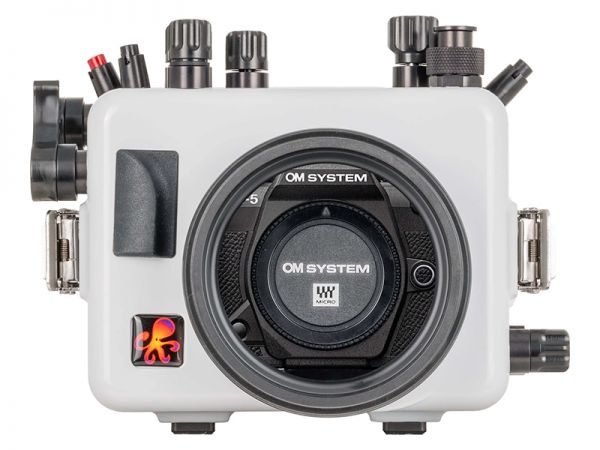





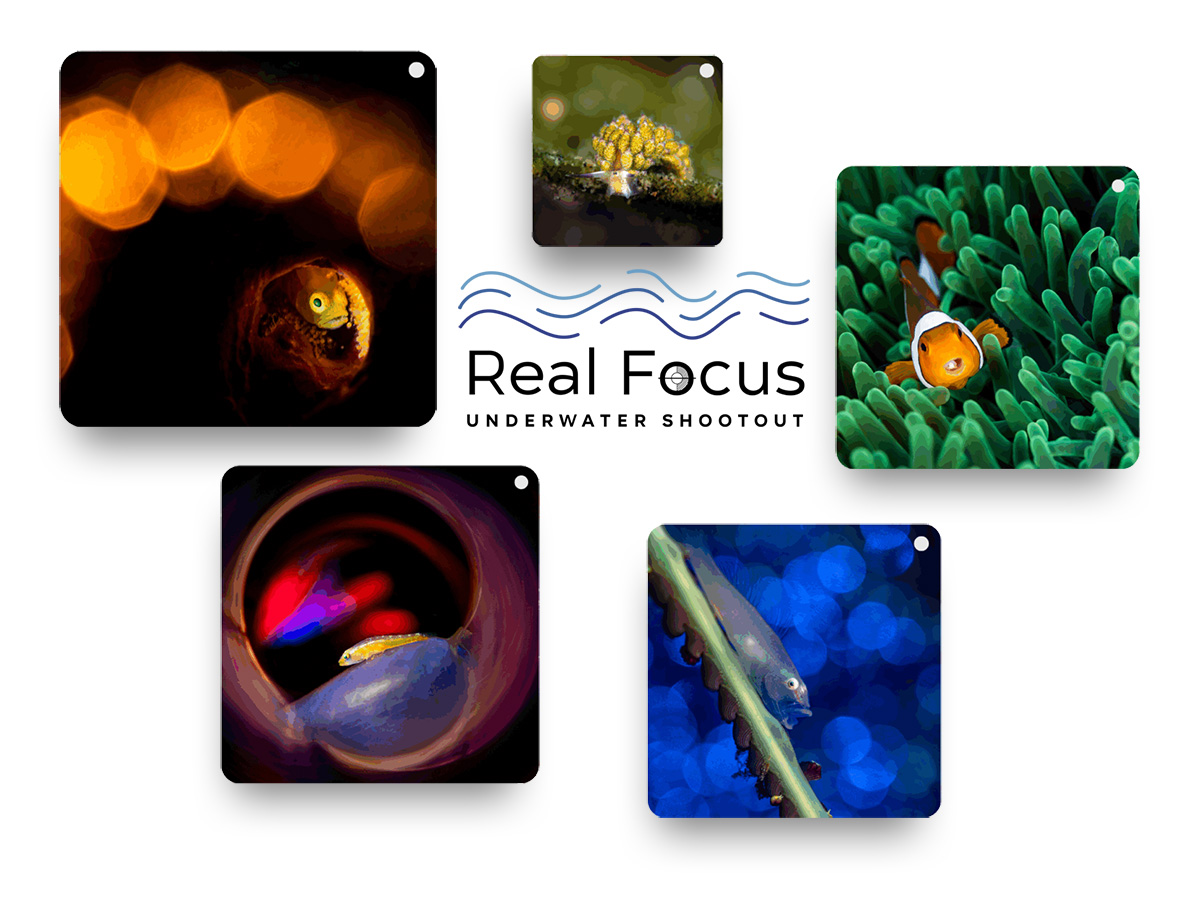

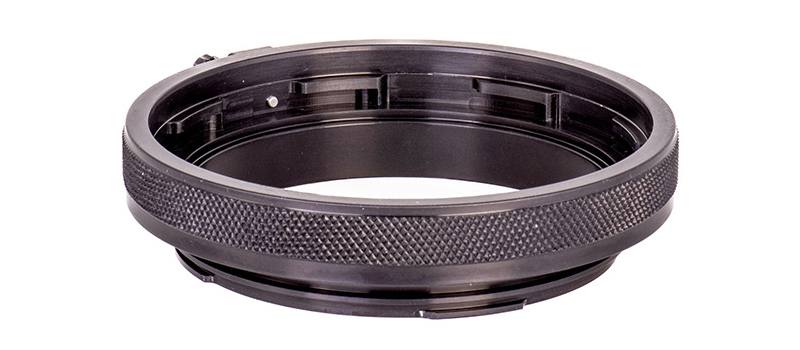





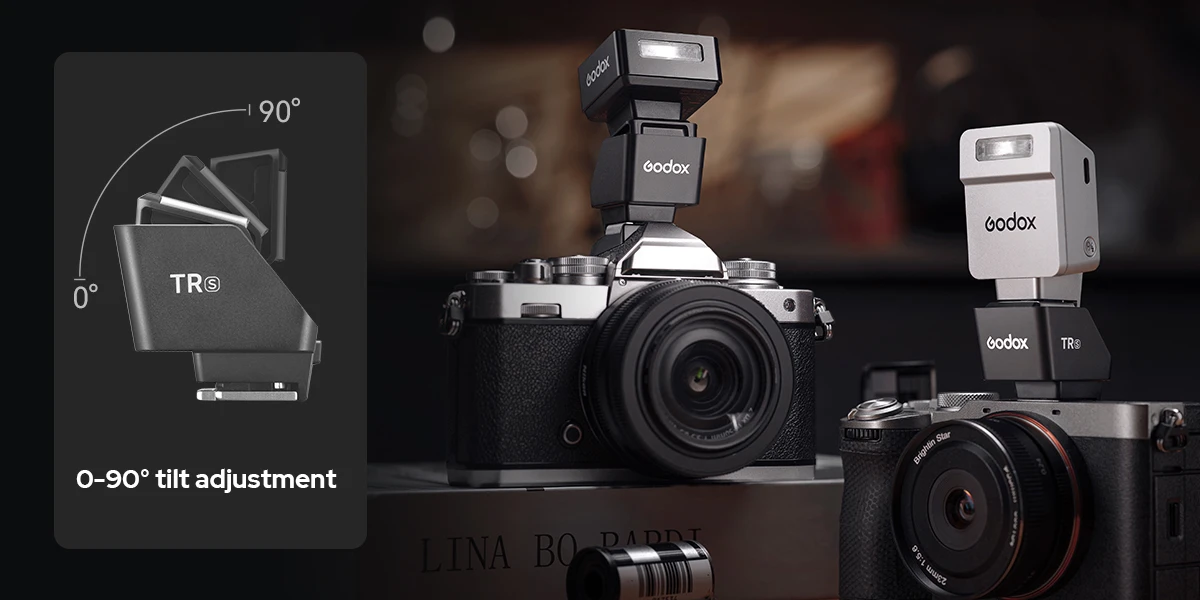


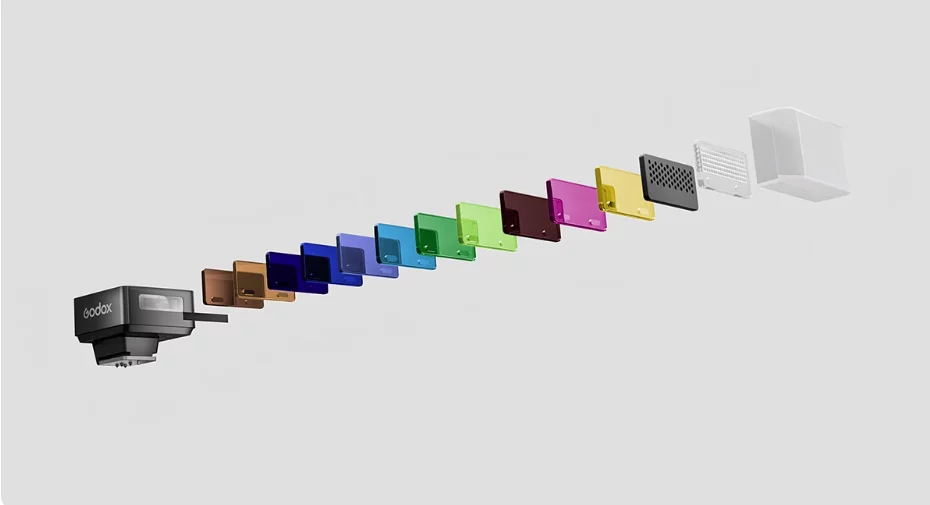
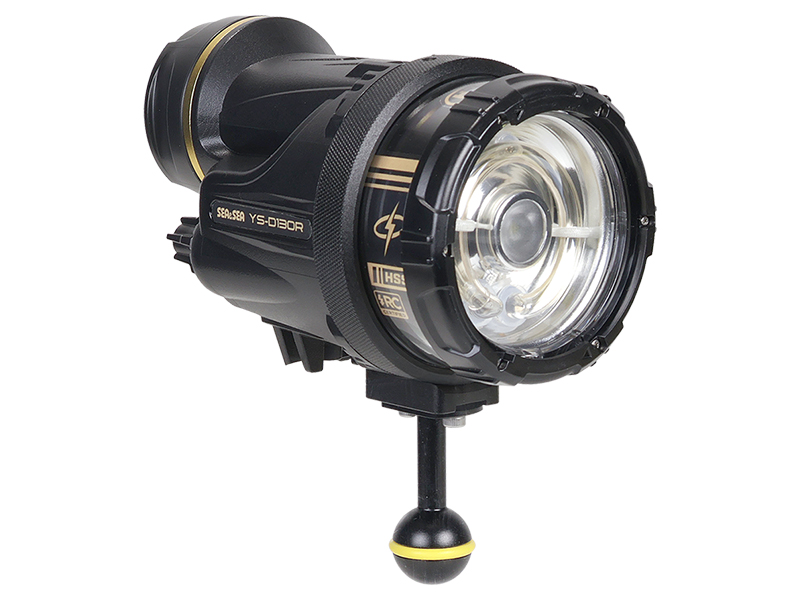












 Here’s one of the early results. Very pleased with the look given the demanding desert conditions that the tool had to deal with! More soon… and if you want to check out Aperty you can do so
Here’s one of the early results. Very pleased with the look given the demanding desert conditions that the tool had to deal with! More soon… and if you want to check out Aperty you can do so 



